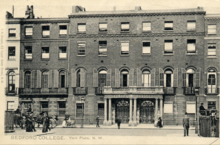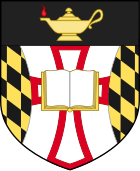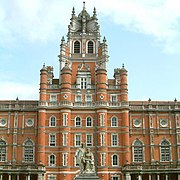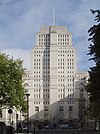
Elizabeth Jesser Reid, forename sometimes spelled Elisabeth, was an English social reformer, anti-slavery activist and philanthropist. She is best remembered as the founder of Bedford College.

The Mount School is a private Quaker day and boarding school for girls ages 3–18, located in York, England. The school was founded in 1785, and the current principal is David Griffiths. The Mount School is one of seven Quaker schools in England. In 2020, it became the first girls' school in the North of England to become an All-Steinway School. The school is also a member of the Girls' Schools Association and the Independent Schools Council.
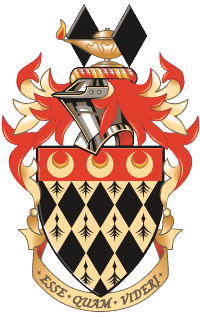
Royal Holloway, University of London (RHUL), formally incorporated as Royal Holloway and Bedford New College, is a public research university and a member institution of the federal University of London. It has 6 schools, 21 academic departments and approximately 10,500 undergraduate and postgraduate students from over 100 countries. The campus is located west of Egham, Surrey, 19 miles (31 km) from central London. It is listed by The Sutton Trust as one of the 30 "most highly selective" British universities.
Dame Margaret Janson Tuke was a British academic and educator. She was the youngest child of the philanthropist James Hack Tuke. She was created a Dame Commander of the Order of the British Empire in 1932.

Dame Emily Penrose, was an ancient historian and principal of three early women's university colleges in the United Kingdom: Bedford College from 1893 until 1898, Royal Holloway College from 1898 until 1907, and Somerville College, Oxford University from 1907 until 1926. She was the first woman to achieve First Class honours in Classics at Oxford University, and was instrumental in securing the admission of women as full members of the university in 1920. She became Oxford's first Dame in 1927.

Dame Helen Charlotte Isabella Gwynne-Vaughan, was a prominent English botanist and mycologist. During the First World War, she served in the Women's Army Auxiliary Corps and then as Commandant of the Women's Royal Air Force (WRAF) from 1918 to 1919. During the Second World War, from 1939 to 1941, she served as Chief Controller of the Auxiliary Territorial Service (ATS).
Dame Olive Annie Wheeler, DBE was a Welsh educationist and psychologist, and Professor of Education at University College of South Wales and Monmouthshire, now Cardiff University.
Roy Frank Miller was a British academic, educator, physicist and university administrator. He was the Principal of Royal Holloway College of the University of London from 1982 to 1985.
Dorothy Enid Wedderburn was Principal of Bedford College, part of the University of London, and after the merger with Royal Holloway College, another college of the university, was the first principal of the combined institution.
John Reid was an English physician.
Sally Ledger was a British academic, who was a Professor of Victorian literature and made major contributions to the fields of nineteenth-century women’s writing, literary feminism, and the study of Charles Dickens.
Ethel Nancy Miles Thomas was a British botanist, best known for her work on double fertilisation in flowering plants as the first British person to publish on the topic. Thomas studied at University College London, largely as a research apprentice to Ethel Sargant, receiving her BSc in 1905. She joined Bedford College and soon became head of the newly formed botany department. Thomas left the Bedford College in 1913, subsequently holding roles at University of South Wales, National Museum of Wales and in the Women's Land Army, before settling at University College, Leicester.
Eleanor Elizabeth Smith was an Irish educational activist. She became one of three trustees running Bedford College. At the time Bedford College was one of the few places where women might receive something approaching university level education. Bedford College was said to be the first British institution run by women
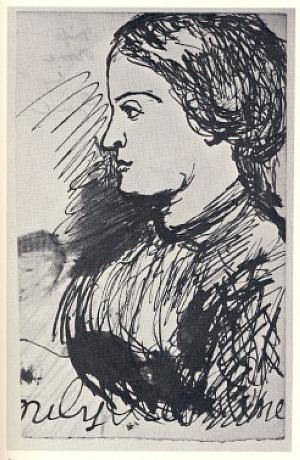
Emily Rosaline Orme (1835–1915) was a leader of the Edinburgh National Society for Women's Suffrage. She was a noted campaigner for women's suffrage in Scotland.
Elizabeth Anne "Eliza" Bostock was a British promoter of women's education. She became a trustee at Bedford College after attending lessons there herself. At the time Bedford College was one of the few places where women might receive something approaching university level education. Bedford College was said to be the first British institution run by women and Bostock was the "honorary principal".
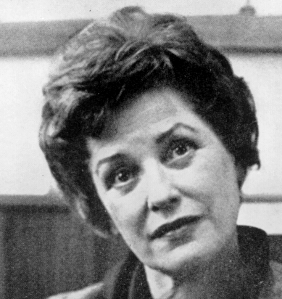
Elizabeth Mary Wilkinson FBA (1909–2001) was an English scholar of German literature and culture. She was said to be a role model for working class women with her Yorkshire accent, bold presence and scholarly knowledge.
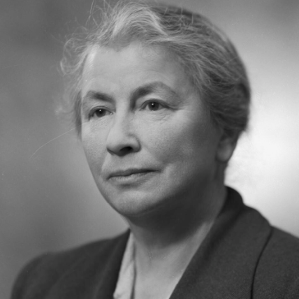
Edna Purdie was a British Emeritus Professor of German studies at the University of London.
Jane Martineau was a British college administrator, and the founding administrator of Bedford College, London.
